Latest Posts from William D. Finlayson
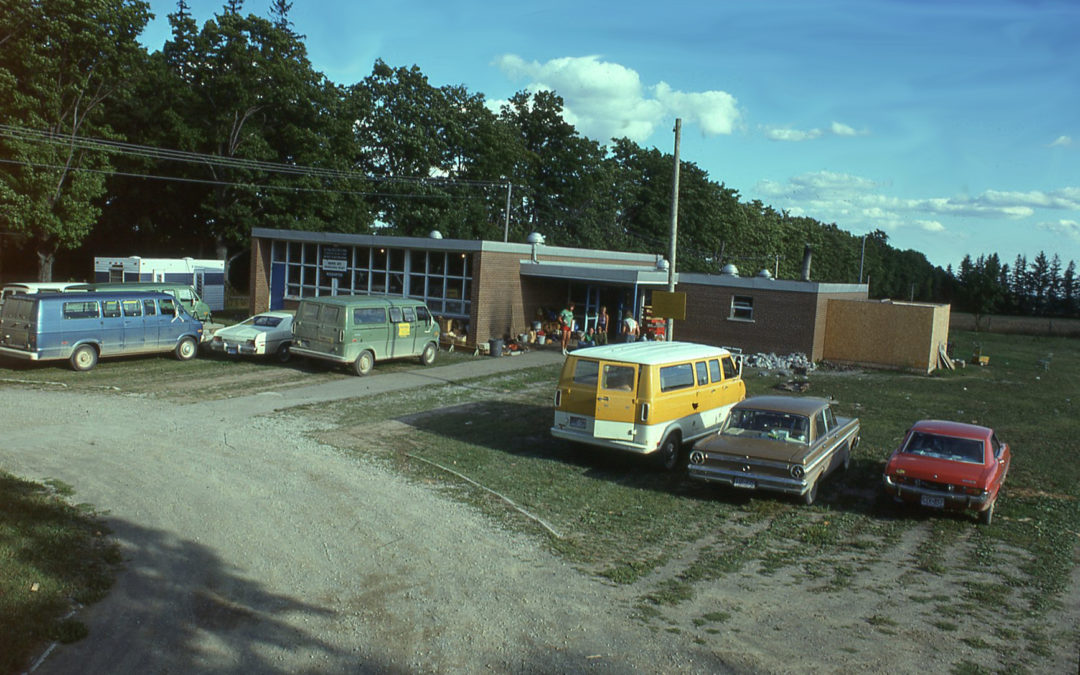
Draper Site Field Laboratories and Crew Accommodations
One of the advantages of our field work at the New Toronto International Airport from 1975 to 1979 was that we had the use of some of the buildings which had been expropriated by the Federal Government. Most important was the two-room Glasgow schoolhouse a few km north of Draper. This became our headquarters for the large crews in 1975 and 1978 . . . By undertaking major portions of the processing of the artifacts and information recovered in the field, we were able reduce the amount of such work to be handled back at the laboratories at the University.
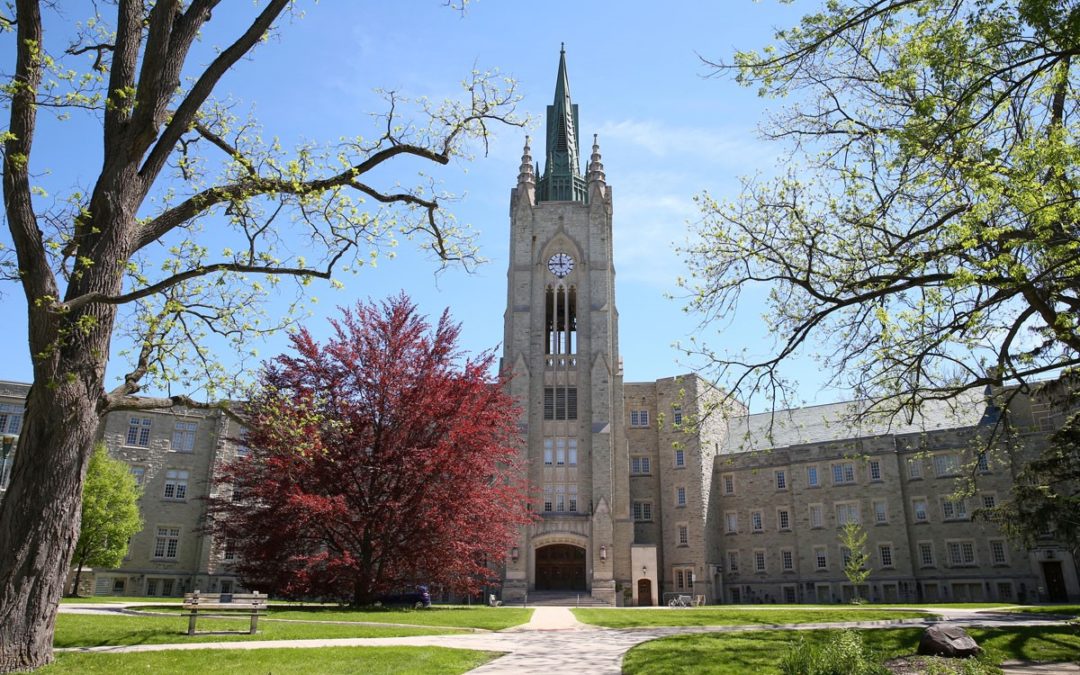
The 1975 Excavations at the Draper Site: Problem Solved, Opportunity Created
One of the aspects of planning the excavations of the Draper Site in 1975 was negotiating a contract between The University of Western Ontario and the National Museum of Man . . . Another life-changing event, which ultimately lead to another incredible opportunity to significantly expand my exploration of Ontario’s rich archaeological history. Embracing new uncharted territory enhances our journey on all levels and, in a way, pushes us to use more of our experience and skills for the greater good.

Contamination of Living Floors under Longhouses at the Draper Site
We now delve into the challenges of recognizing the potential contamination of living floors under the longhouses. The excavations of Houses 2 and 5 at Draper provide a cautionary tale that if we are to explore the living floors of undisturbed longhouses, we must be aware of the possibility of contamination of these deposits from activities of earlier occupations. This work and the accuracy of it is paramount to us continuing to learn more about our Ontario history and those who lived here before us.
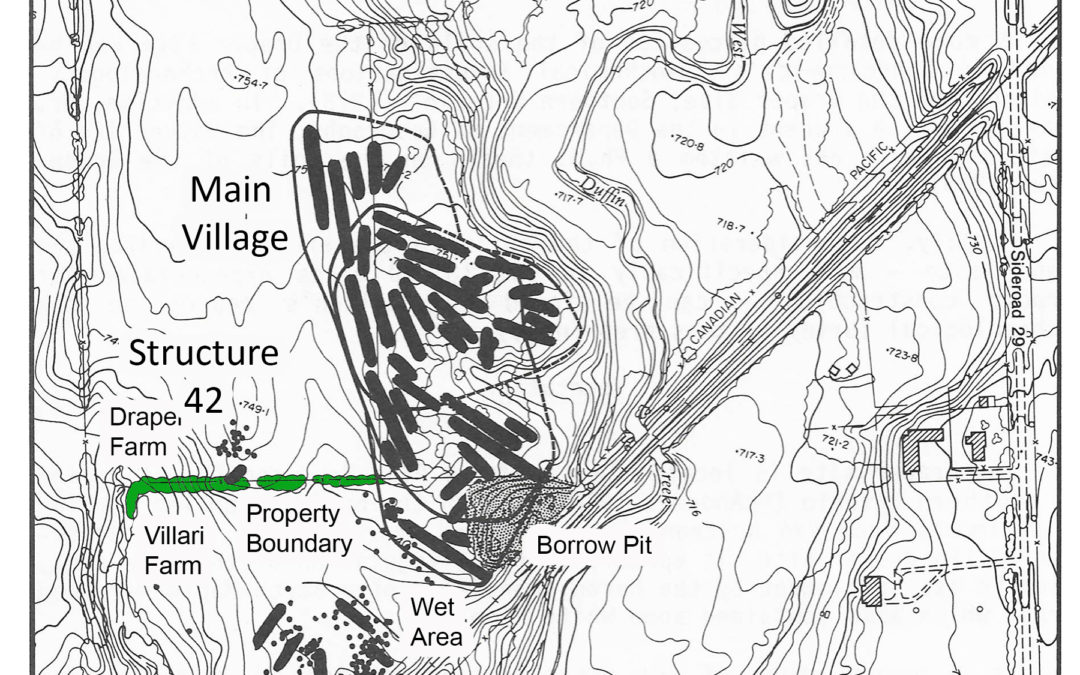
The Draper Site: An Expanding Village
Our 1975 and 1978 excavations at the Draper Site revealed many fascinating aspects about this Iroquoian village which has traditionally been dated to about 1450-1500 A.D.
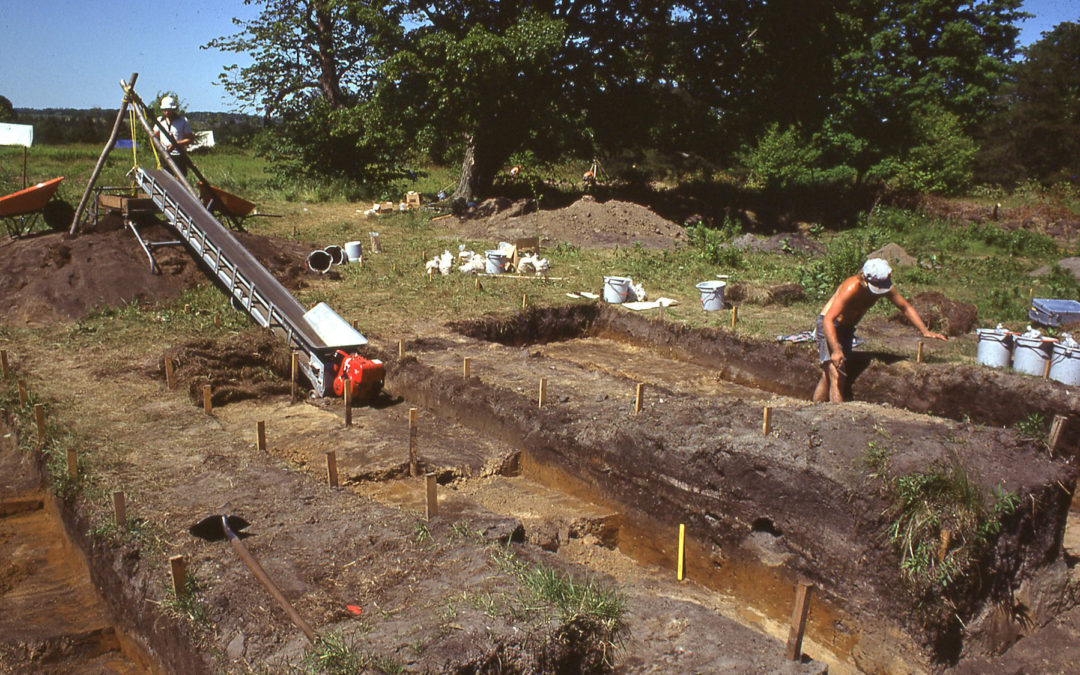
Digging Middens on the Draper Site
An important goal of our investigations was to excavate the middens (garbage dumps) located across the Draper site, where we found significant quantities of artifacts.
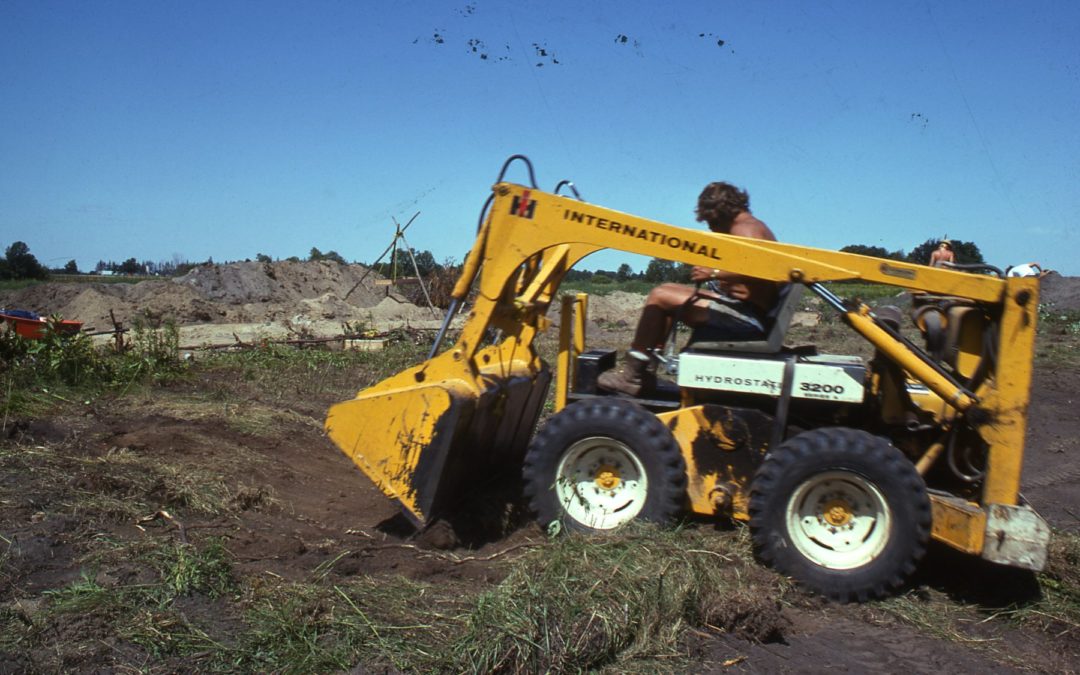
Digging for Houses and Palisades at the Draper Site, Part 2
Our excavations to search for longhouses and palisades revealed a unique and very complex settlement. At the same time, our detailed investigation of some of the undisturbed longhouses provided an unparalleled opportunity to explore the artifacts left behind when the longhouses of the village were abandoned . . .
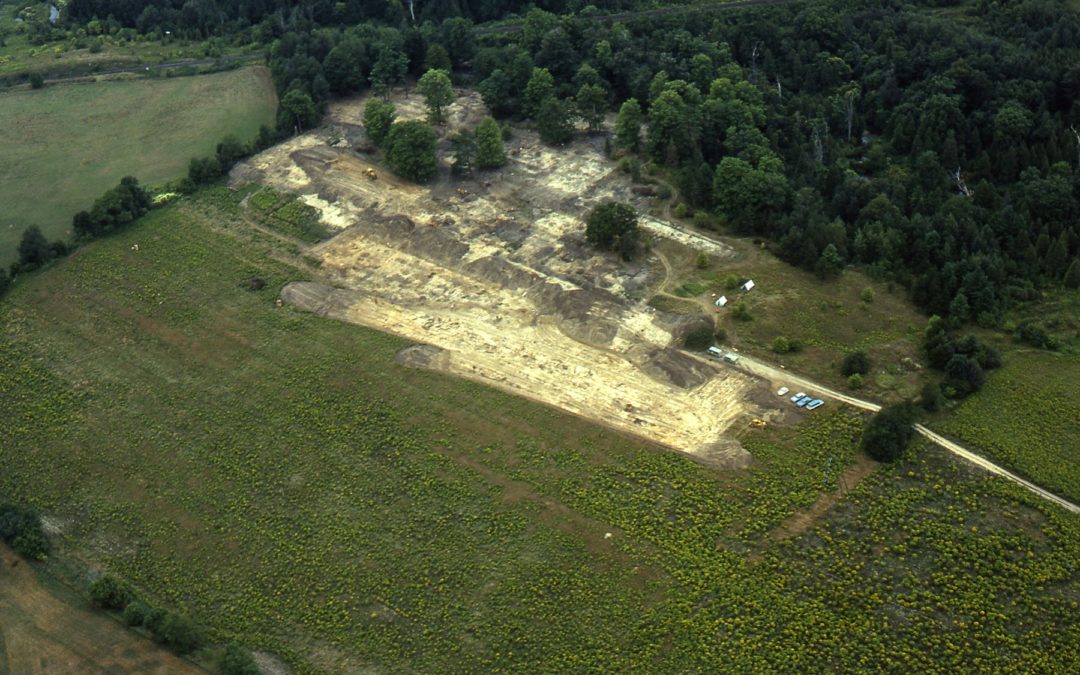
Digging for Houses and Palisades at the Draper Site, Part 1
There were two major kinds of archaeological deposits at the Draper site that we had to investigate: settlement pattern data (longhouses and defensive structures) and middens (garbage dumps with many artifacts).
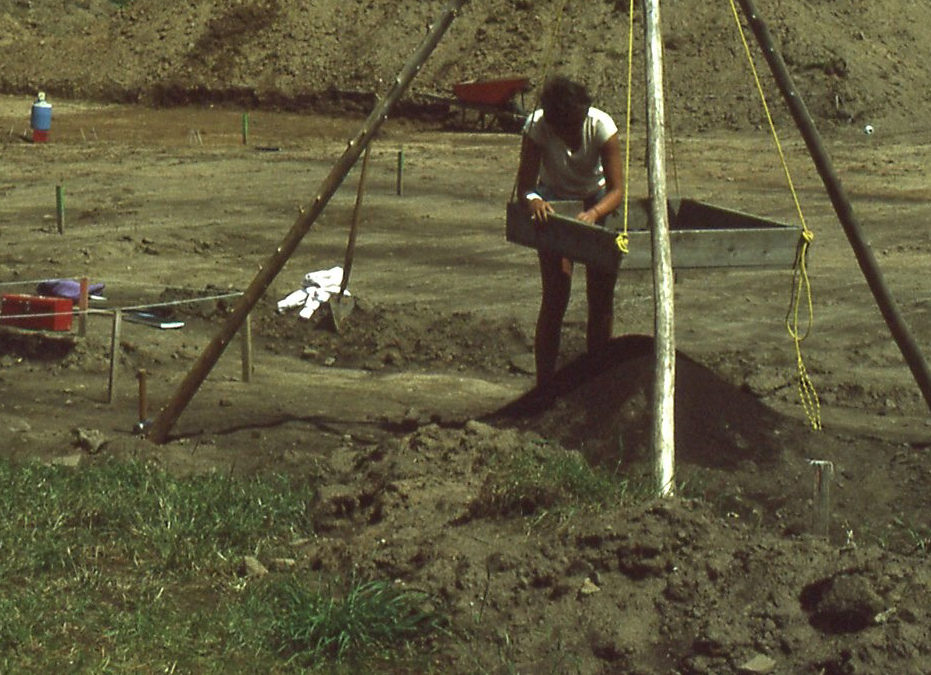
Our Lands Speak: Early Excavations at the Draper Site – Part 2
Welcome back. In my last blog, I reviewed the excavation at the Draper site prior to the expropriation of the land for the proposed construction of the Pickering Airport. With the development of plans for airport construction, the Archaeological Survey of Canada,...
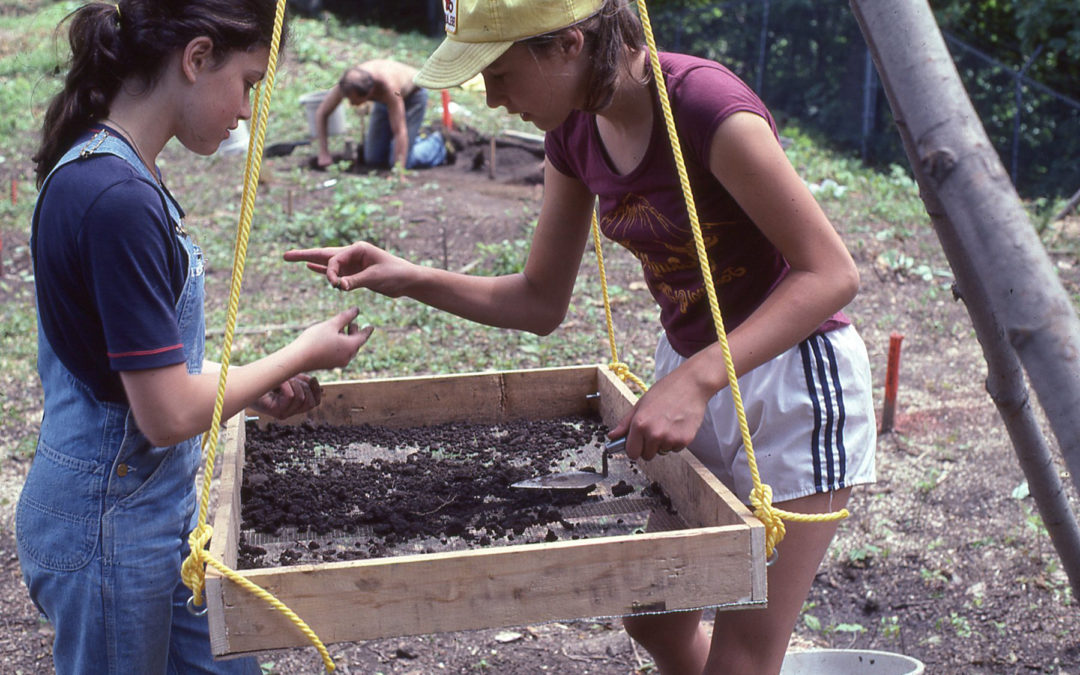
Our Lands Speak: Early Excavations at the Draper Site-Part 1
The Draper site was first excavated by members of the Ontario Archaeological Society (O.A.S.) in 1953. This work was summarized by William Donaldson, one of the members of the society in 1963. Excavations at the site focused on that of middens. Approximately...

Our Lands Speak: 1974: Getting Ready to Dig the Draper Site, Part 2
In my last blog, I detailed the work involved in completing my Ph.D. dissertation in 1974. During the summer of 1974 much of my time was spent preparing the draft and final copies of the first four chapter of this dissertation. At the same time, I received a small...